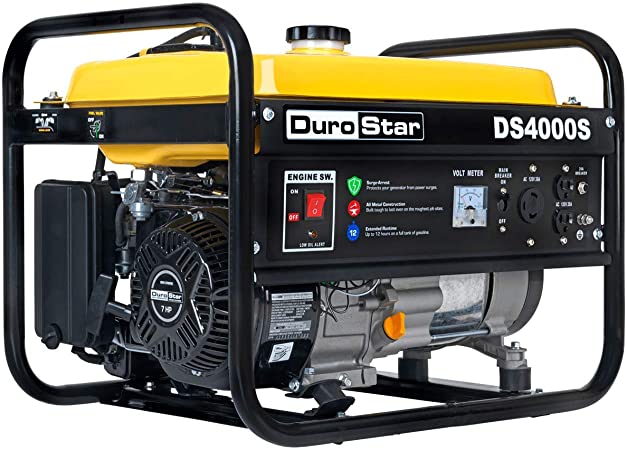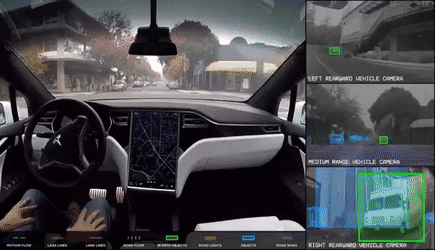Accumulators for hydraulic system

Need of Accumulator The components of a hydraulic system require a continuous supply of pressurized fluid. For example, a hydraulic actuator gets the work done on the load by converting the energy of the fluid into mechanical energy. In the absence of an accumulator, the hydraulic pump would be continuously running to cater to the need for valve operation. The pump will frequently start and stop, which affects the pump’s performance and its health. A hydraulic accumulator is a pressure storage reservoir in which a non-compressible hydraulic fluid is held under pressure that is applied by an external source of mechanical energy. The accumulator stores energy which can be used in an emergency where there are no other means of power supply. It can be compared with the use of capacitors in electrical circuits. Types of accumulators: Gas-charged (nitrogen usually) (Hydro-pneumatic accumulators) Spring-loaded Weigh...





